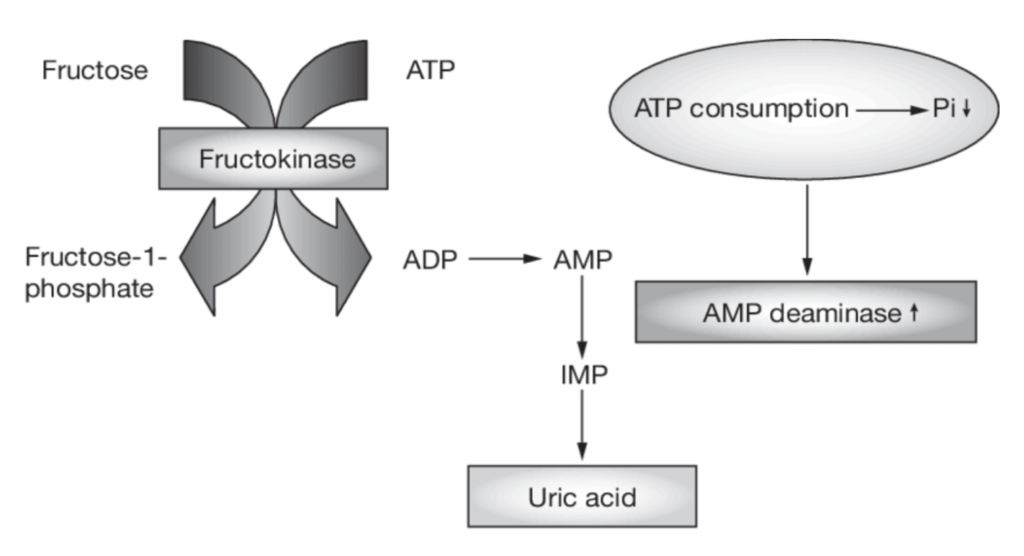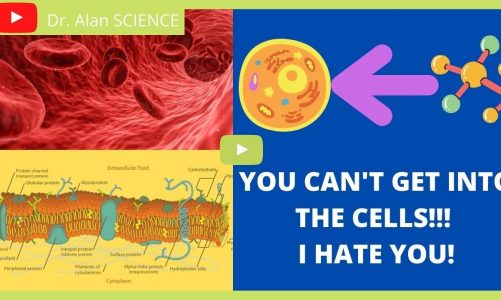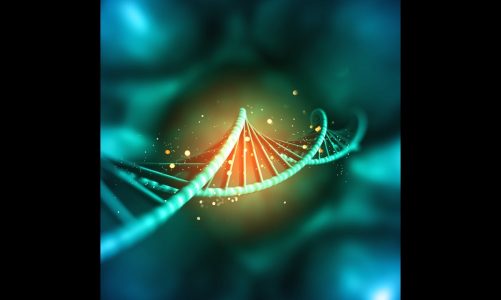See more content from Rick Johnson, M.D.:
Rick Johnson, Professor of Nephrology at the University of Colorado and a previous guest on The Drive, returns for a follow-up about unique features of fructose metabolism, and how this system that aided the survival of human ancestors has become potentially hazardous based on our culture’s dietary norms. In this episode, Rick explains how the body can generate fructose from glucose and how circulating glucose and salt levels can activate this conversion. He discusses the decline in metabolic flexibility associated with aging, as well as how factors such as sugar intake or menopause-associated hormone changes can alter responses to sugar across a lifetime. In addition, Rick lays out strategies for combating the development of metabolic illness using dietary changes and pharmaceutical therapies, and he discusses the impact of fructose metabolism and uric acid on kidney function and blood pressure. He concludes with a discussion of vasopressin, a hormone that facilitates fructose’s effects on weight gain and insulin resistance.
Subscribe on: APPLE PODCASTS | RSS | GOOGLE | OVERCAST | STITCHER
We discuss:
- Unique features of fructose metabolism and why it matters [2:45];
- A primer on fructose metabolism and uric acid [10:30];
- Endogenous fructose production, the polyol pathway, and the effect of non-fructose sugars [22:00];
- Findings from animal studies of glucose and fructose consumption [29:00];
- What calorie-controlled studies say about the claim that a “calorie is a calorie” [42:15];
- Implications for aging and disease [51:15];
- Impact of endogenous fructose production on obesity and metabolic syndrome [1:01:30];
- Why vulnerability to the negative effects of sugar increases with age and menopause [1:04:30];
- Dietary strategies to reduce the negative impact of fructose [1:16:30];
- The role of hypertension in chronic disease and tips for lowering blood pressure [1:30:45];
- The impact of fructose and uric acid on kidney function and blood pressure [1:39:45];
- The potential role of sodium in hypertension, obesity, and metabolic syndrome [1:49:00];
- The role of vasopressin in metabolic disease [1:54:00];
§
Unique features of fructose metabolism and why it matters [2:45]
- We had a lot of follow up questions from our first podcast, which aired 2 years ago
- The #1 question people ask is, “Hey, can you explain again, why is it that fructose metabolism is kind of unique from a nutrient standpoint in terms of creating this transient intracellular energy deficit.”
- All nutrients, any kind of food is used to produce energy or ATP but there is a cost to producing energy
- Some energy is used to digest foods and some energy is used to metabolize foods
- The idea follows the old adage, “you have to spend money to make money”; here we are thinking about ATP
- Metabolism of fructose and alcohol can cause rapid ATP depletion
- In terms of nutrient metabolism, fructose is pretty unique
- The very first enzyme in fructose metabolism is called fructokinase (see the figure below)
- Fructokinase is also known as ketohexokinase or KHK
- This is a key enzyme in fructose metabolism
- It phosphorylates fructose at the 1 position to generate fructose-1-phosphate
- This enzymes in not controlled by negative feedback so it will phosphorylate fructose as soon as it sees it
- It is not responsive to ATP levels; so if ATP levels start to drop, fructose metabolism continues
- This first step in fructose metabolism requires ATP expenditure, so consuming large amounts of fructose causes severe ATP depletion
- Similarly, if the fructose concentration is very low, there won’t be as much ATP depletion
- So the degree of ATP depletion varies with the concentration of fructose

Figure 1. The first step of fructose metabolism leads to loss of ATP. Image Credit: Nature Reviews Nephrology
- As ADP is produced by fructokinase, it will be used to make ATP and AMP (shown in the figure below)
- Under high energy conditions the cell has a ratio of ATP : ADP of 10:1 and a ratio of ATP : AMP of 100:1

Figure 2. As ADP levels rise, ATP and AMP are produced. Image Credit: Keeping the home fires burning: AMP-activated protein kinase
Why high fructose corn syrup is particularly bad
- Fructose concentration relates to not just the amount of fructose, but how rapidly it’s absorbed
- Liquid fructose (like a soft drink) consumed on an empty stomach, can get absorbed very quickly and even more quickly when it is high fructose corn syrup
- There’s some debate on this, but in high fructose corn syrup, the fructose and glucose are already separated so that it may be absorbed differently than sucrose where it’s glucose and fructose bound together, but they are broken and they have to be degraded to the individual fructose and glucose in the gut before they’re absorbed
- The figure below shows the relationship between structure of glucose, fructose, and sucrose

Figure 3. Sucrose is 1 glucose bound to 1 fructose. Image credit: Wikimedia Commons
- Drinking liquid fructose leads to very fast absorption; the concentration will be higher when it reaches the liver
- The liver is one of the key sites of fructose metabolism that drives this whole process
- When fructose gets to the liver, fructokinase phosphorylates it, and the ATP levels acutely fall
Cellular response to low ATP levels
- The low ATP state is maintained primarily by a drop in intracellular phosphate that accompanies this and that activates this enzyme system that removes the breakdown of ATP products
- These 2 reactions occur together (shown in the Figure 1)
- ATP + H2O → ADP + Pi
- Fructose → Fructose-1-Phosphate
- With ADP and Pi removed, ATP cannot be regenerated easily (see Figure 2)
- Normally AMP and ADP get reformed to make more ATP
- 2 ADP → ATP + AMP
- They’re really important to make the ATP
- The ATP levels fall
- There’s the accumulation of ADP and AMP (adenosine monophosphate, AMP, is one of the key ones) and then AMP is swept away
- If the AMP is removed, then it’s hard to replenish the ATP because you’ve removed a key building block for ATP
- AMP is removed by an enzyme called AMP deaminase, which turns out to be a very, very important enzyme in this pathway
- These 2 reactions occur together (shown in the Figure 1)
- AMP deaminase breaks down the AMP stepwise until it produces uric acid, which is the end product of purine metabolism
- The adenine of ATP is a purine, and it eventually gets broken down to uric acid
- Uric acid inside the cell actually causes oxidative stress to the mitochondria
- The mitochondria are also really important in ATP production
- The oxidative stress affects the mitochondria in several ways
- 1) It inhibits an enzyme called aconitase, which is involved in the Krebs cycle and basically leads to citrate accumulation in the stimulation of fat production
- 2) It also blocks an enzyme called Enoyl-CoA hydratase
- Ultimately what happens is, it reduces the production of ATP
- In all, fructose metabolism stimulates fat storage
- Uric acid also inhibits AMP kinase (AMPK, AMP-activated protein kinase); this blocks energy production
“It’s a brilliant system to set the energy levels down in a cell, and it mimics the condition of starvation.” – Rick Johnson
- Reducing the energy in the cell triggers an alarm signal; it’s a survival pathway
- This leads to a survival response, makes the animal get hungry, thirsty, forage for food, try to store fat, try to store glycogen
{end of show notes preview}

Rick Johnson, M.D.
Richard Johnson is a professor of medicine in the Department of Nephrology at the University of Colorado since 2008 and he’s spent the last 19 years being a division chief across three very prestigious medical schools. An unbelievably prolific author, Rick has well over 700 publications in JAMA, New England Journal of Medicine, Science, et Cetera. He’s lectured across 40 countries, authored two books, including The Fat Switch, and has been funded extensively by the National Institute of Health (NIH). His primary focus in research has been on the mechanisms causing kidney disease, but it was in doing this that he became really interested in the connection between fructose (and fructose metabolism) and obesity, diabetes, heart disease, hypertension, and metabolic disease.


